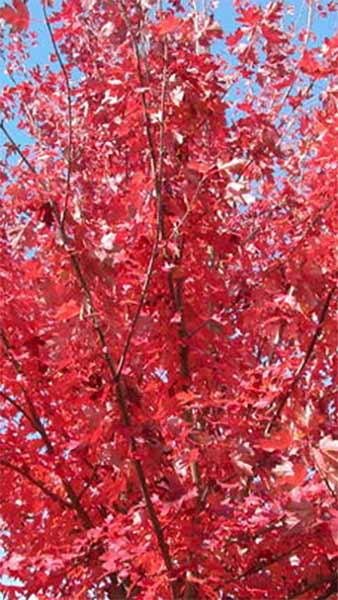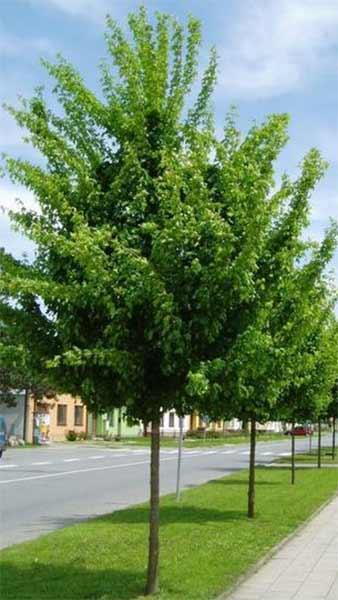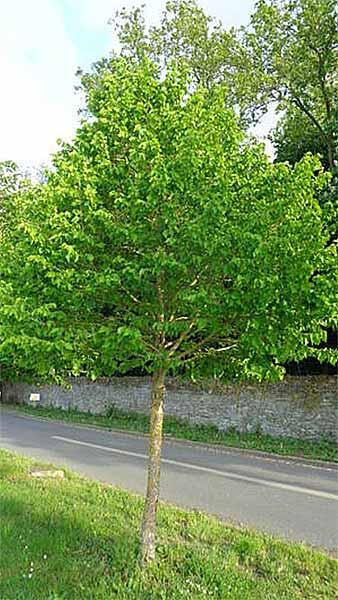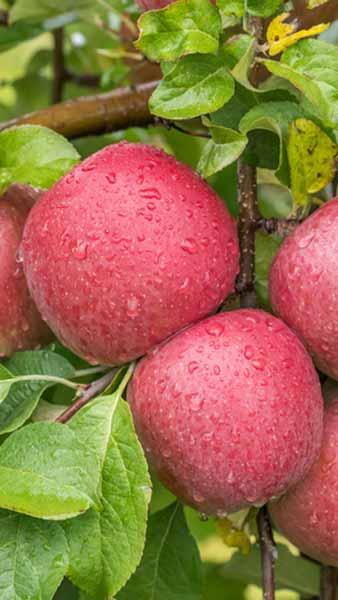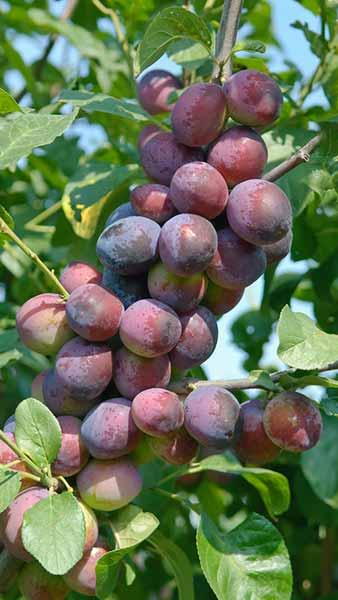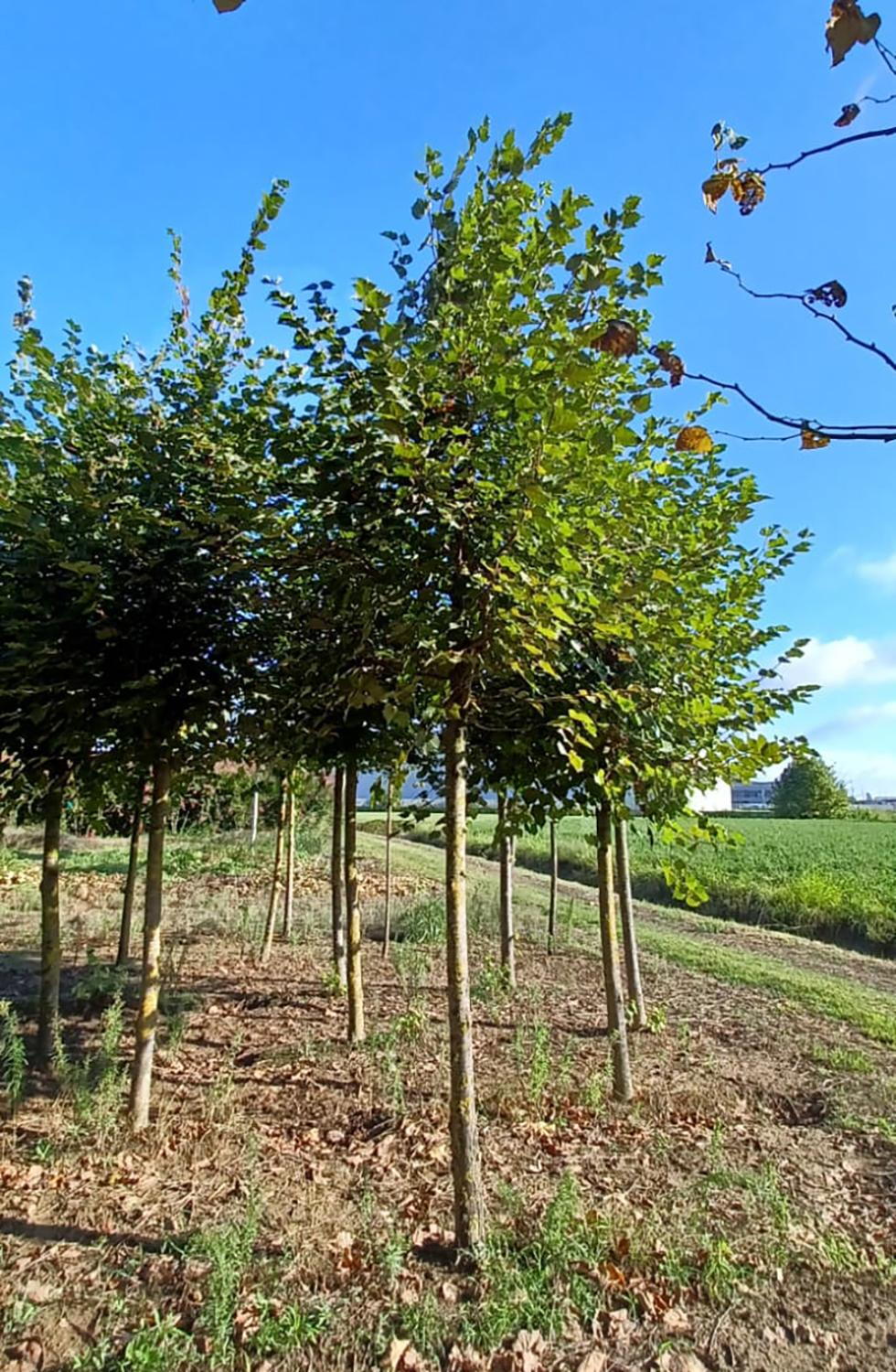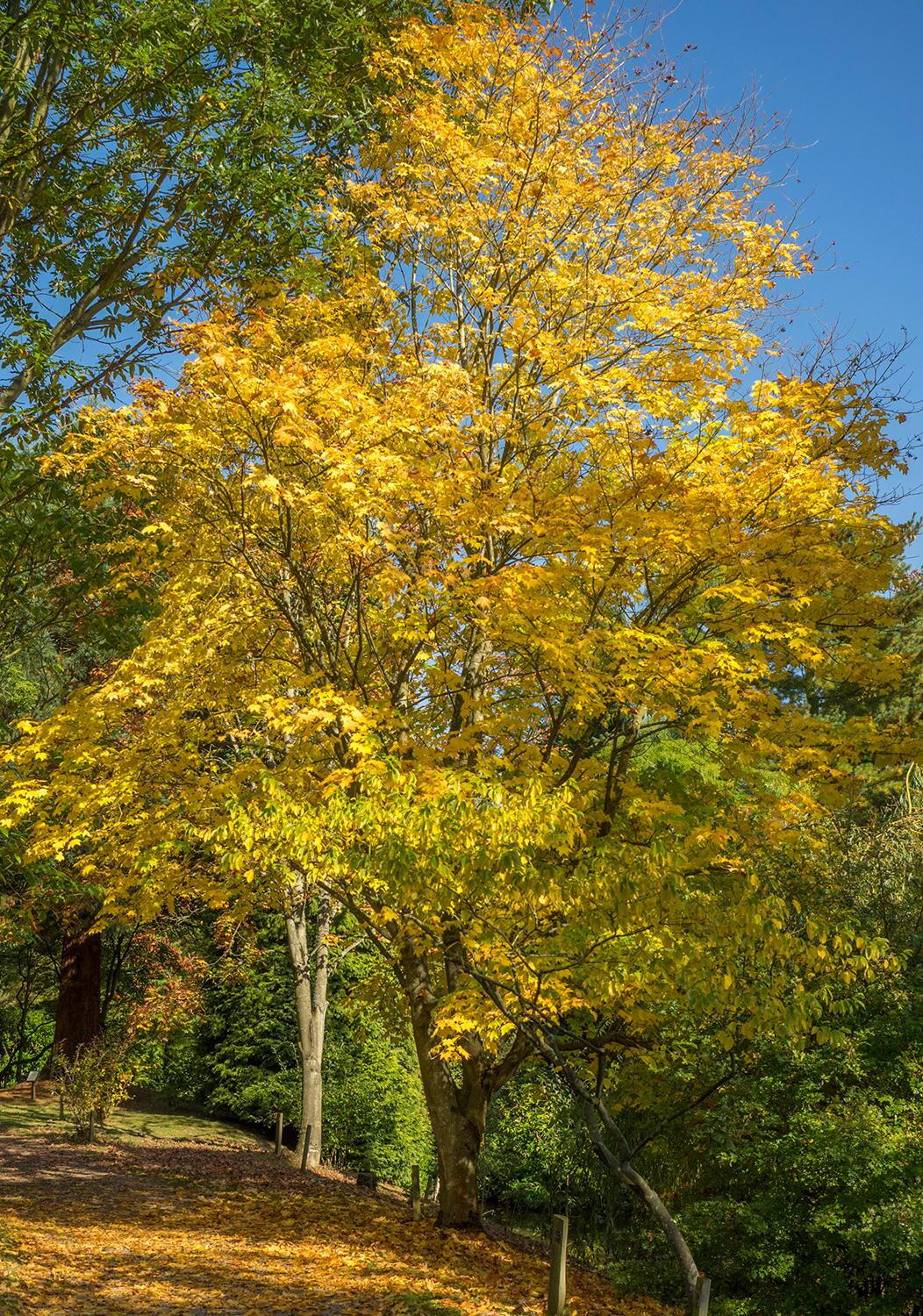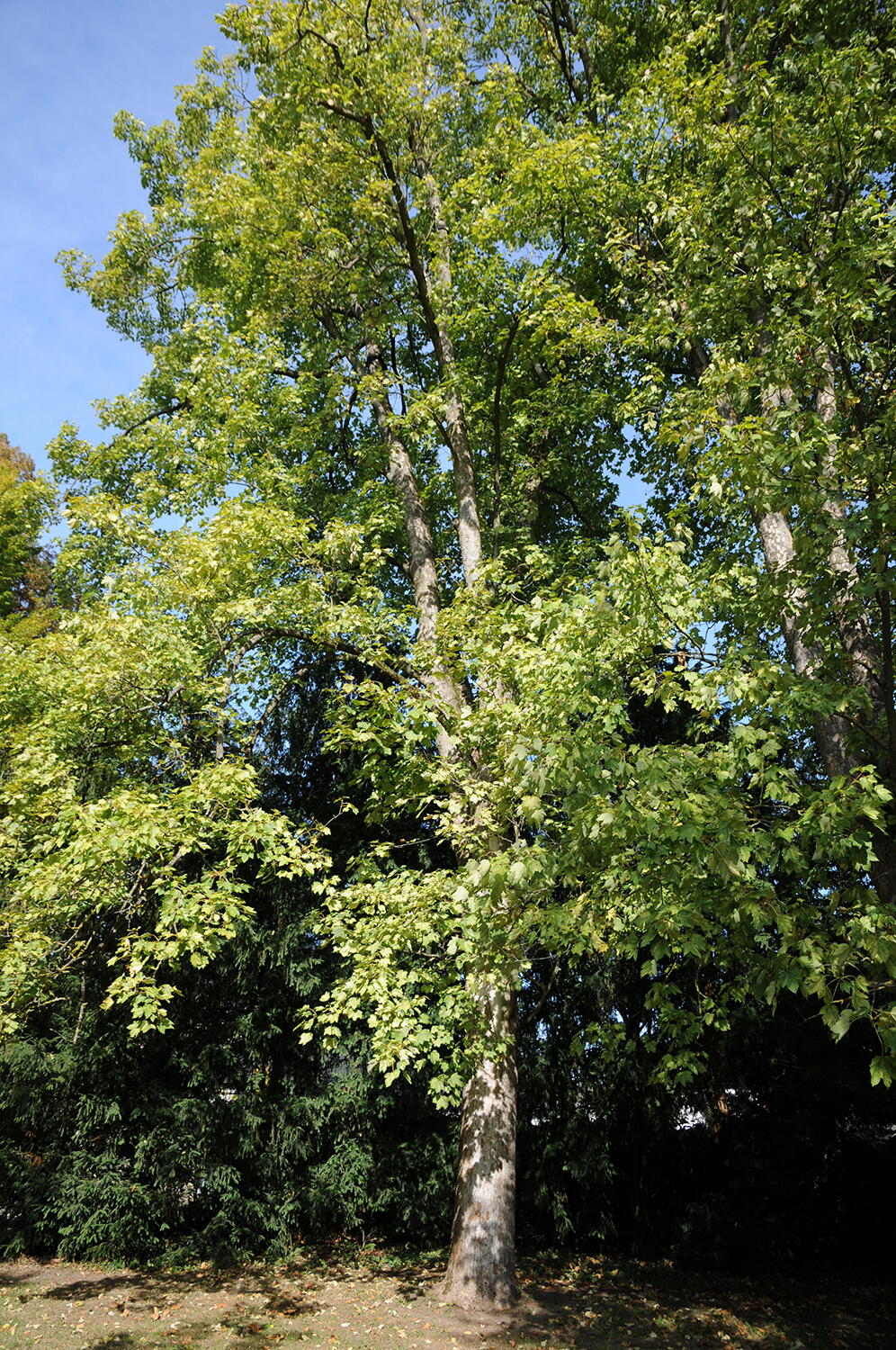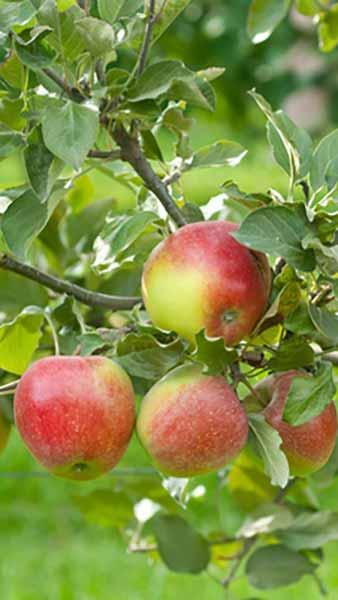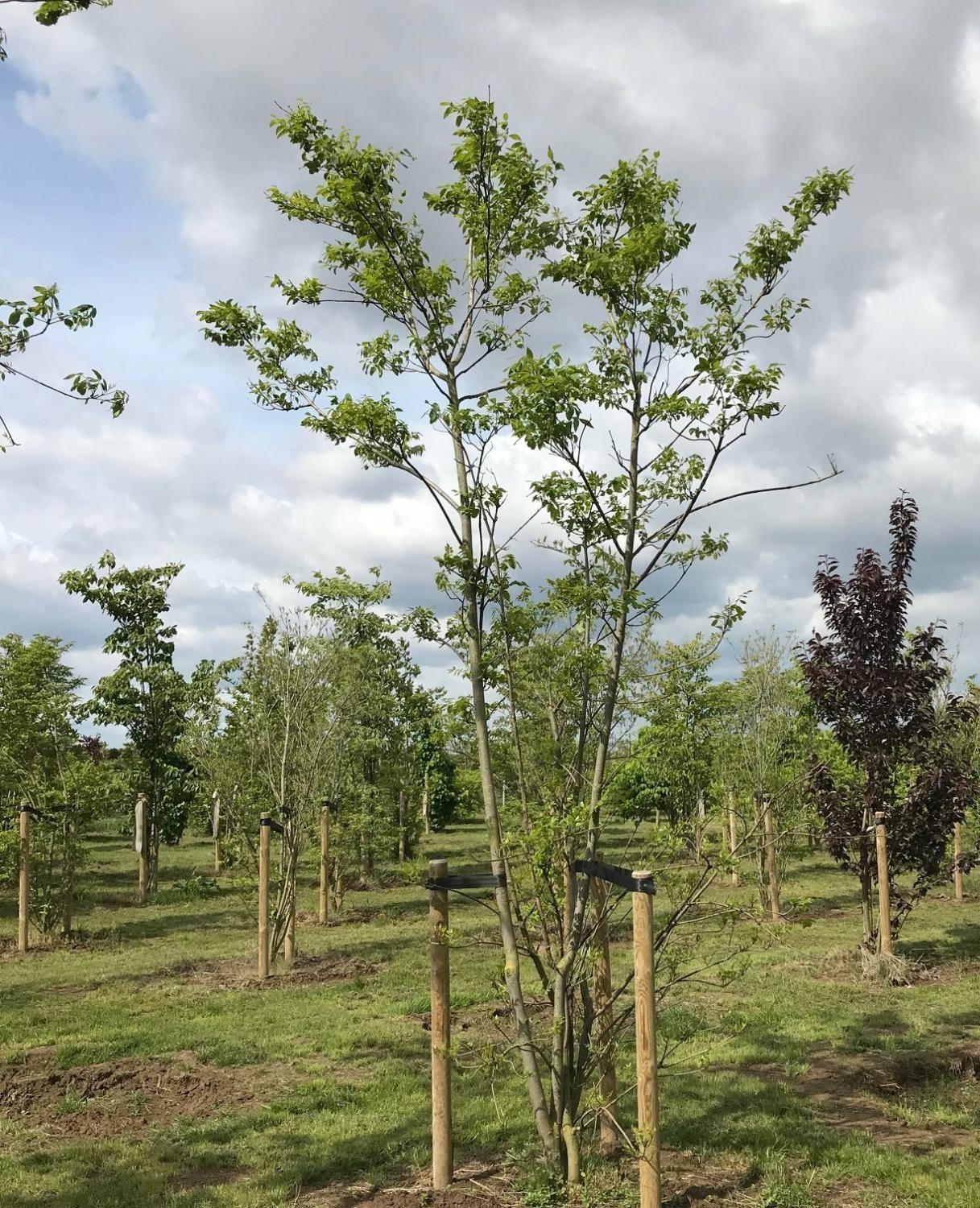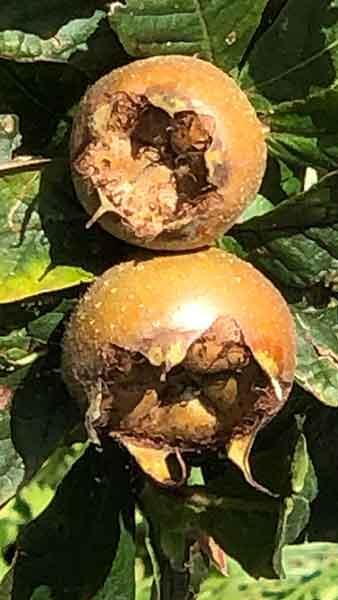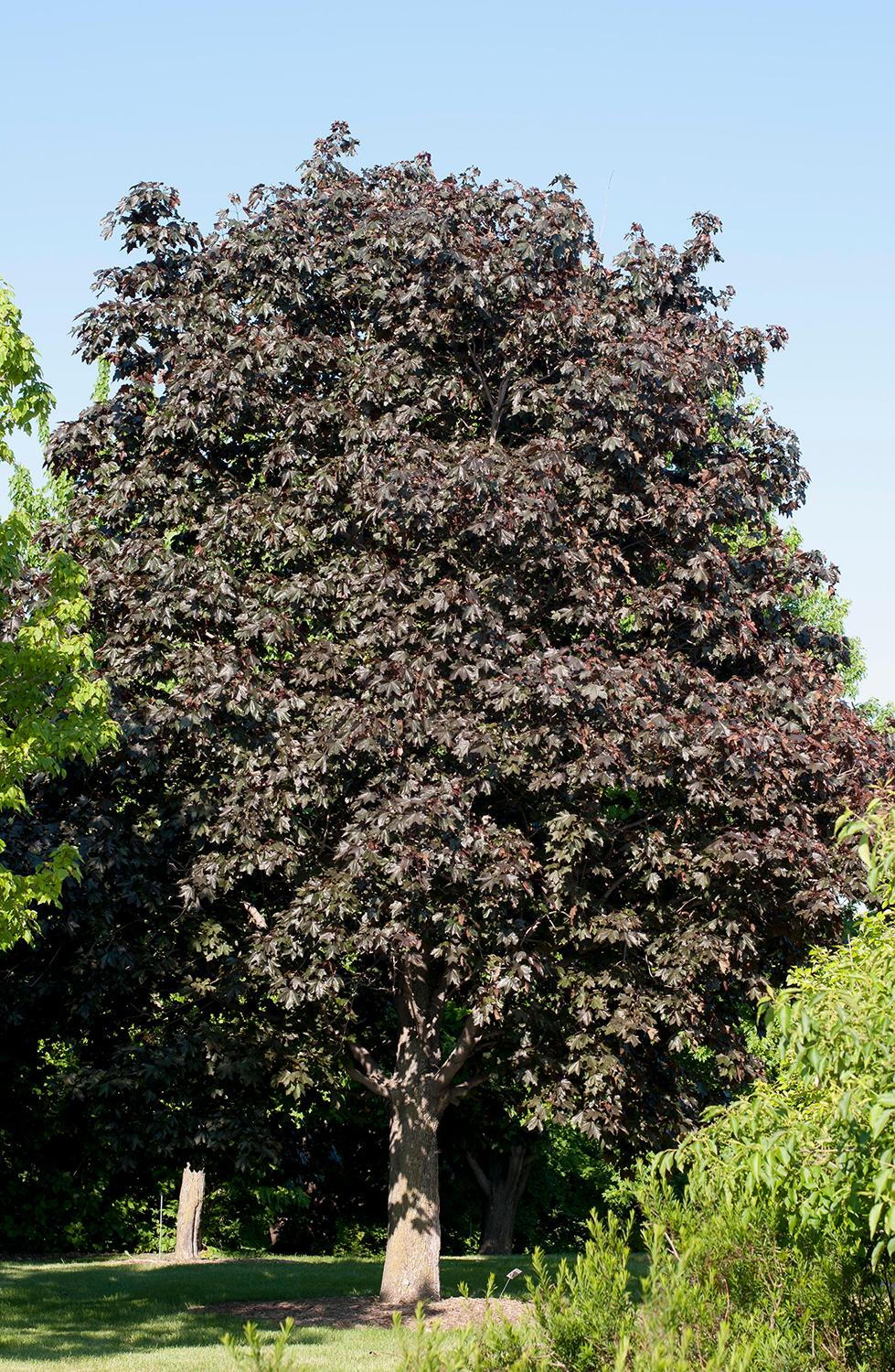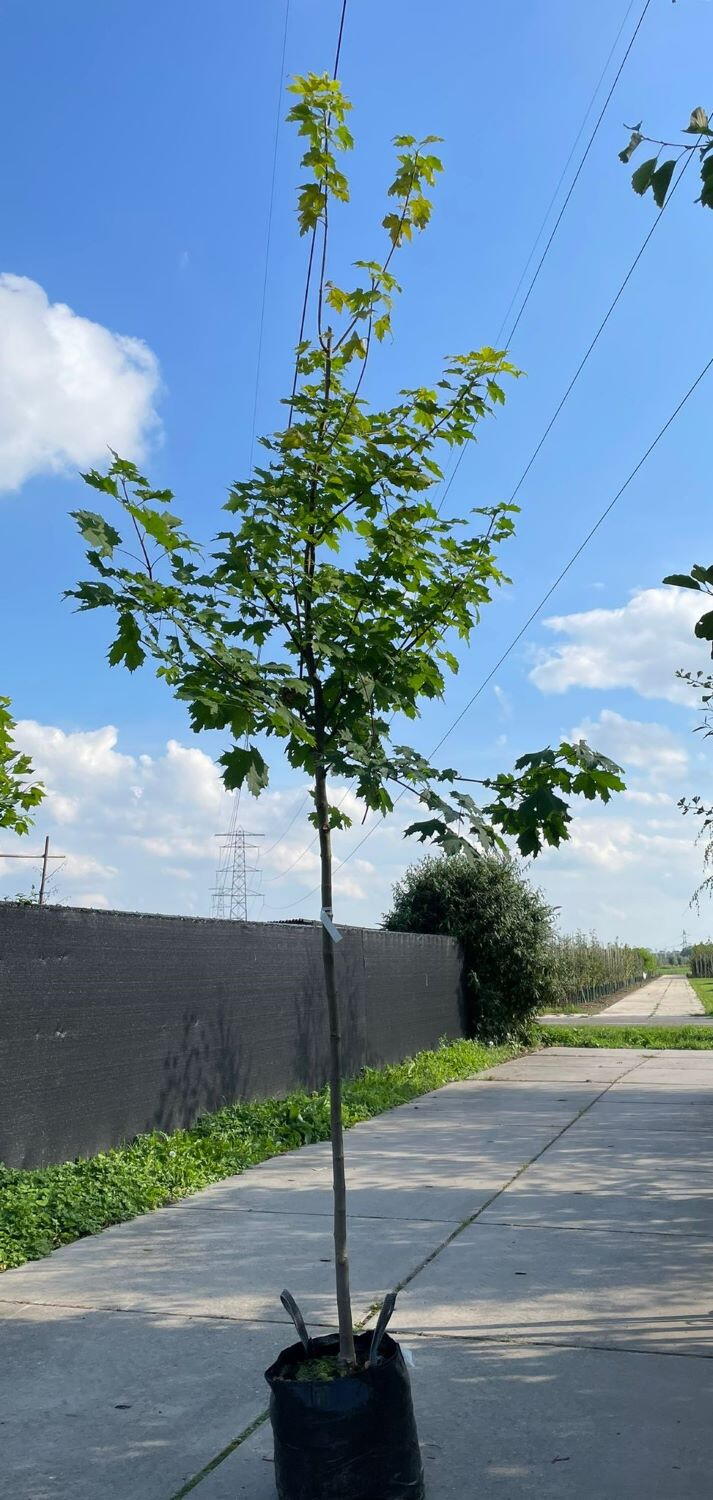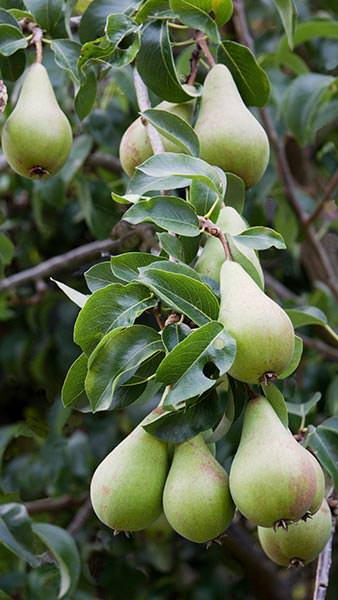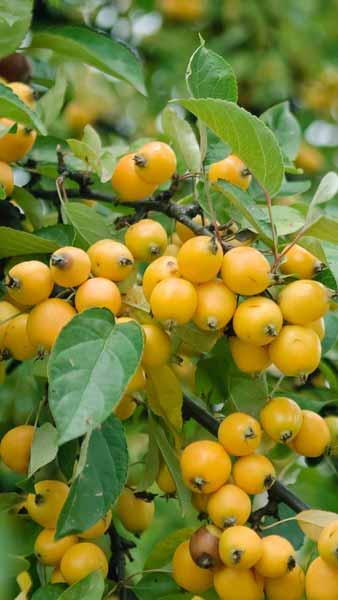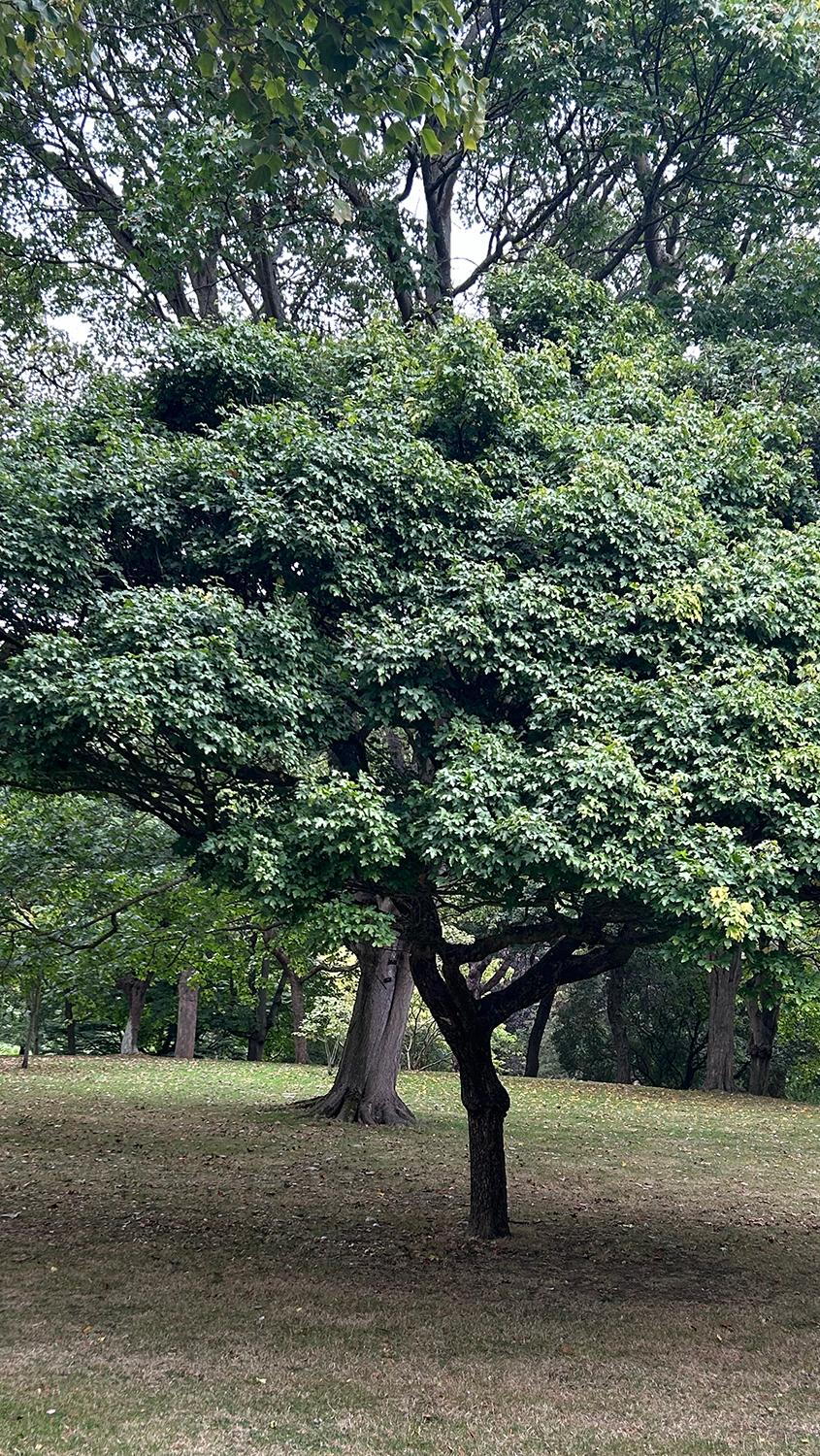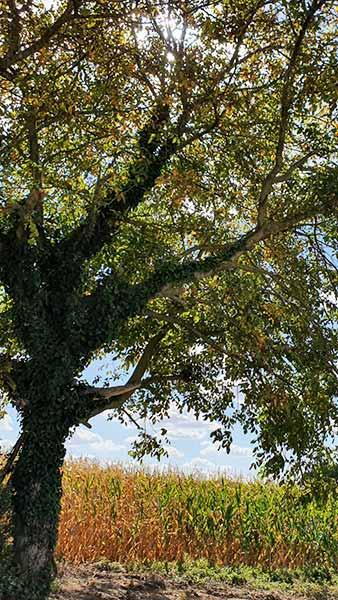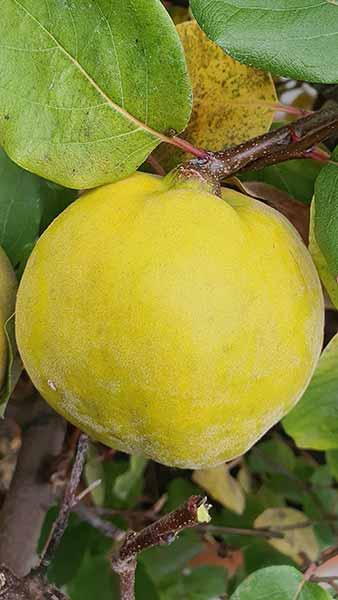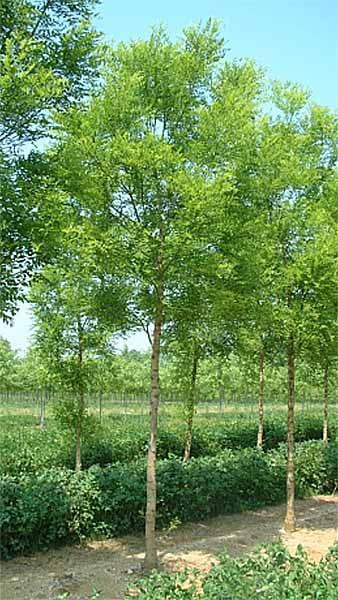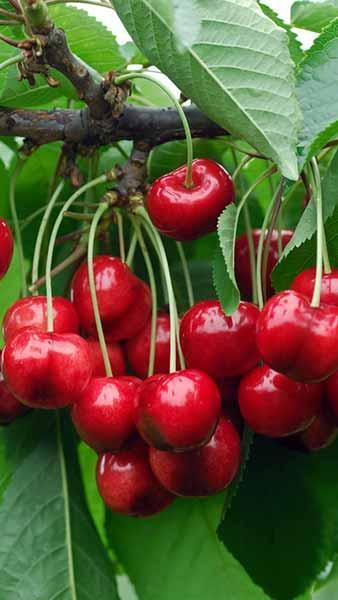Mespilus Germanica Common Medlar Fruit Tree for Sale Online
Mespilus Germanica or Common MedlarA member of the rose family, Mespilus Germanica, also known as Common Medlar, is a deciduous, ornamental fruit tree with a long history. This trouble-free tree has been cultivated throughout Europe for over 3,000 years, but it seems that these days it’s been unjustly forgotten. However, because of its attractive features, interesting edible fruit, and incredible resilience, Common Medlar is becoming popular again. A small tree with an umbrella-shaped crown, Common Medlar blossoms in late spring to early summer. The profusion of large, pure white flowers akin to wild roses looks striking framed by attractive foliage. The leaves of Common Medlar are toothed, oblong, with a hairy underside, medium green turning to striking shades of golden yellow and brown in the autumn. The self-fertile, five-petaled flowers are followed by edible fruit. Small and brown, Medlar fruit is both decorative and tasty. Although hard and inedible if picked too early, the fruit is quite delicious when fully ripe. The creamy texture and a flavour that’s similar to applesauce are achieved by leaving the picked fruit to soften for a few weeks, a process known as bletting. Adaptable and sturdy, Common Medlar tolerates most soils, but prefers well-drained, fertile soil. It will thrive in a sunny location, sheltered from strong winds, but it can be grown in partial shade as well. Easy to grow and to care for, Common Medlar is pest and disease free. This long-lived tree can grow to be 4 to 8 metres high and across when mature, but it takes a few decades for it to achieve its ultimate height. Most specimens, however, remain relatively small, around 2 to 3 meters tall. Native to Europe and Asia, this ancient cultivar is fully hardy in Britain and Ireland. It won’t be bothered by severe winters or need sheltering when the temperatures drop below zero. As a matter of fact, the Medlar fruit benefits if it is harvested just after the first frost, as it speeds up the softening process. Self-pollinating and compact when fully established, Common Medlar is an ideal tree for small gardens. It won’t take up much space, and it provides year-round interest to the garden, with generous summer bloom, good autumn colour and unusual fruit that adorns bare branches as winter approaches. We have many more ornamental trees on offer and an ever growing selection of fruit trees, all of which are for sale online with UK and Ireland delivery.
